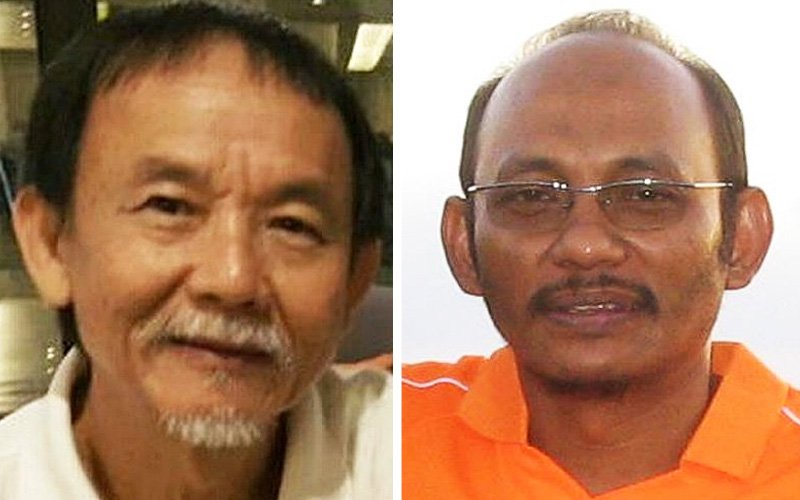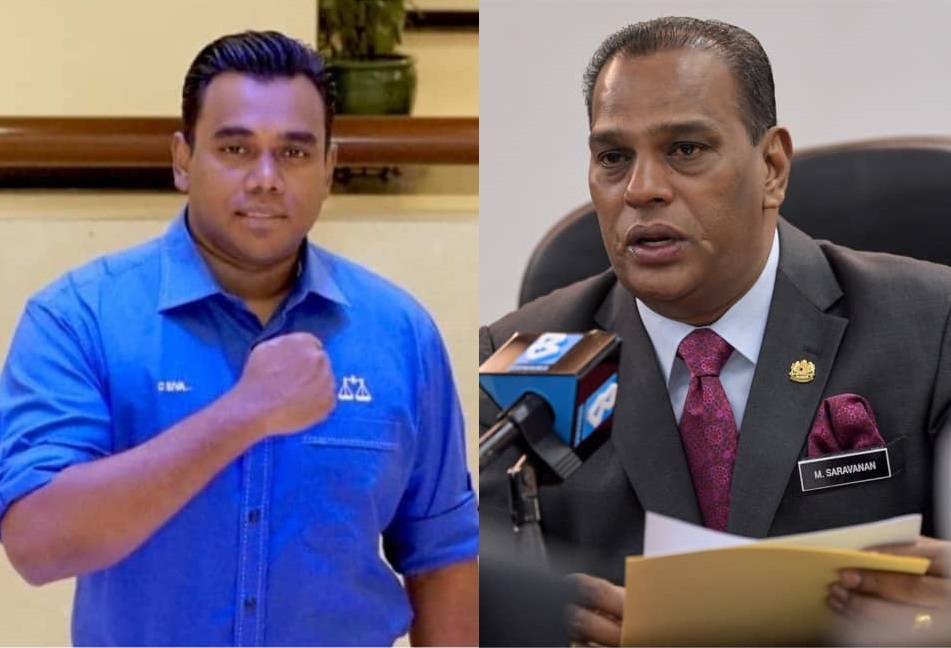
By CAGED
KUALA LUMPUR, Malaysia--Tomorrow, 24 November 2021, it will be 60 months since Amri Che Mat was abducted near his home in Perlis.
Tomorrow, it will be about 29 months since the Human Rights Commission of Malaysia, Suhakam, concluded that Amri was the victim of an enforced disappearance conducted by the Special Branch of the Royal Malaysian Police.
Tomorrow, it will be about 21 months since the Bogus Task Force formed by the then Home Minister (Muhyiddin) to investigate Suhakam’s conclusion submitted its report to him.
Suhakam investigated Amri’s disappearance together with the disappearance of Pastor Raymond Koh. Suhakam noted many striking similarities in the two cases.
One vehicle, a gold-coloured Toyota Vios, was common to the two abductions. An eyewitness in Perlis recorded its registration number. The police tried to hide the identity of its owner. They failed.
The police had to confess that the owner, Saiful Bahari Abdul Aziz, had worked for the police. They claimed he ‘failed to show up for work’ soon after Suhakam began investigating the case.
I reproduce here six questions CAGED asked in a statement titled “IGP Fuzi further erodes public confidence in the police” which we issued on 25 April 2019, just over two weeks after Suhakam published its conclusion.
1. Why did the Investigating Officer (IO) in the Amri case [Inspector Khor Yi Shuen, IW9] initially tell the Inquiry he didn’t know who was the owner of Toyota Vios PFC1623 which an eyewitness saw behaving suspiciously in the days before Amri’s disappearance – despite a Road Transport Department (JPJ) search which confirmed the eyewitness claim that it was gold-coloured?
2. Why didn’t the IO show the eyewitness a photo of the Vios owner for potential identification?
3. Why did the IO only admit that Saiful was the owner after he was forced to, after sharp questioning?
4. Why did the IO initially tell the Inquiry he didn’t know Saiful’s occupation?
5. Why did the IO later, after sharp questioning, say Saiful was an “administrative assistant” (at a police centre in KL) whereas Saiful’s supervisor [ASP Mohd Azizie bin Abd Hamid, IW21], in the Special Branch, Bukit Aman, said Saiful was a low-level general handyman?
6. Why did ASP Azizie give Saiful an extraordinary fifty-four days leave, well beyond his entitlement?
Saiful Bahari, who worked for the Royal Malaysian Police (PDRM) for over a decade, has also disappeared. His name has been added to the long list of persons whom PDRM cannot find.
We must point out that it is not necessary to locate Saiful Bahari in order to answer the six questions we posed. The officers concerned must provide those answers.
What answers to those questions were found by the 7-person task force led by Datuk Rahim Uda? Why is their report sealed?
Did the task force fail to meet its (top secret) terms of reference because of the conflicts of interest among members of the task force – which even included Datuk Zamri Yahya, head of the police’s own integrity unit JIPS, who should have been investigated by the task force?
Many more troubling things emerged during the Suhakam inquiry. We will not go into that here. Tomorrow will be a good day to release the report of the task force. Will home minister Hamzah Zainudin do so? Will prime minister Ismail Sabri instruct him to do so?
Yet the government – and the opposition – think the police should be listened to and the Independent Police Complaints and Misconduct Commission (IPCMC) recommended by the Dzaiddin Commission in 2005 should not be formed?
We owe it to upstanding police officers to clean up the force. Pride in the uniform must be restored. The only way to do so is to establish a true IPCMC – with powers even beyond those envisaged by the Dzaiddin commission.
Honour Amri, Raymond and others who have been victims of the police. Dare to dream of a real IPCMC. Establish and enable it.
*CAGED began as a work group under SUARAM, a human rights Non-Governmental Organisation in Malaysia and is now a part of ENGAGE, an NGO which prods and trains people to be good citizens. CAGED focuses on possible cases of enforced disappearances.*








0 Comments
LEAVE A REPLY
Your email address will not be published